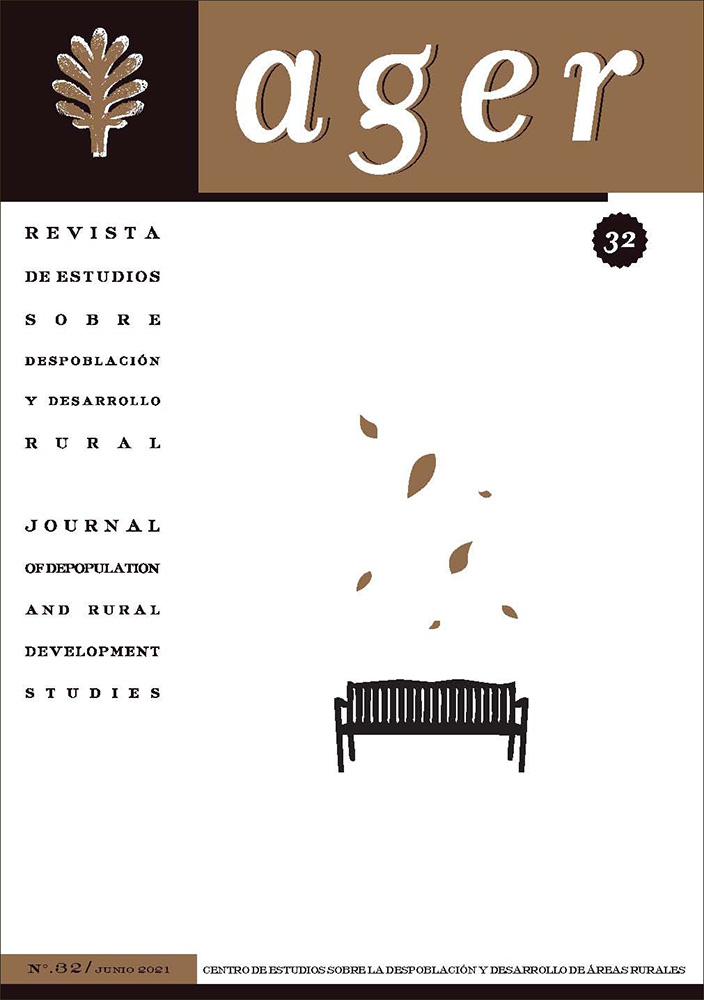La población rural tras la crisis y la poscrisis: Municipios regresivos, resilientes y dinámicos (Cataluña, España)
Abstract
A previous analysis of the 1998-2009 period, marked by the international migratory boom, showed that, after decades losing population, Catalan municipalities with less than a thousand inhabitants had positive population growth. However, they faced extremely different situations. Indeed, while tourist municipalities or those located near metropolitan areas had relevant population growth, in others, immigration was not able to reverse population decline. The present research analyses whether ten years later, and after an intense economic crisis followed by a few years of a slight population and economic recovery, this dichotomy still exists or is even more pronounced. The clusters obtained a decade ago have been retaken and population changes in each of those categories analysed by adding 2009-2019 Padrón Continuo and demographic change data. Our results show that there are presently three groups of municipalities: villages that then had a recessive population, have presently accelerated their depopulation; those mainly dedicated to tourism and the service sector, have a stagnant population; and only a final small group of outer suburban communities, located at the outskirts of urban areas, have grown.
Published
Issue
Section
License
Authors who publish in this journal agree to the following terms:
a. Authors retain their copyright and grant the journal the right of first publication of their work, which will be simultaneously subject to the Creative Commons Attribution Licence, which allows third parties to share the work provided that the author and the journal's first publication are acknowledged.
b. Authors may enter into other non-exclusive licensing agreements for the distribution of the published version of the work (e.g., depositing it in an institutional repository or publishing it in a monographic volume) provided that the initial publication in this journal is acknowledged.
c. Authors are permitted and encouraged to disseminate their work via the Internet (e.g. in institutional digital archives or on their website), which may lead to interesting exchanges and increase citations of the published work. (See The effect of open access).

